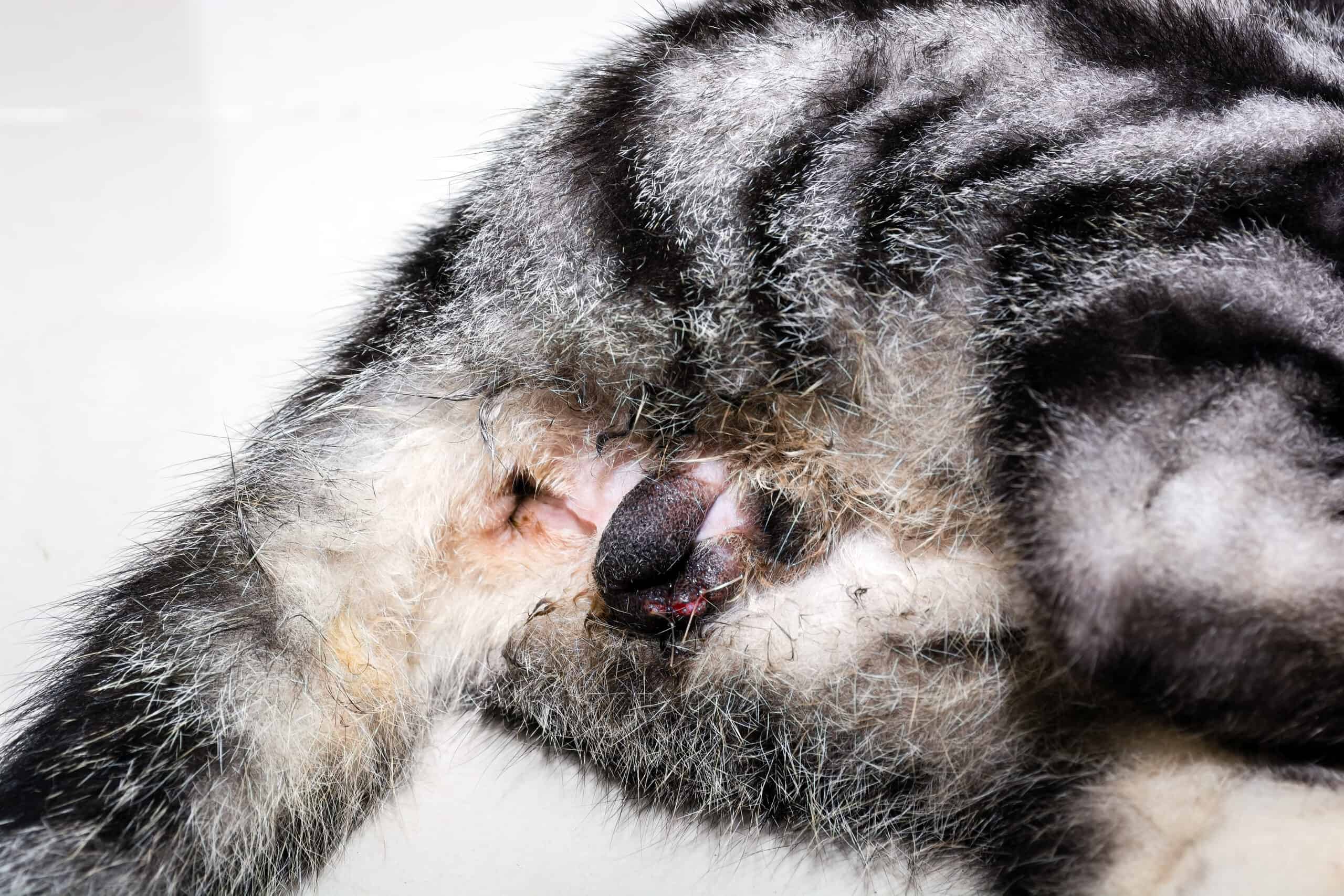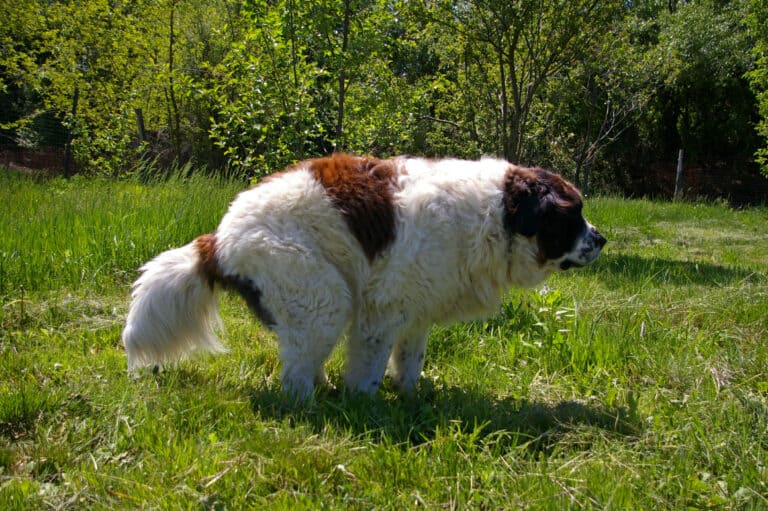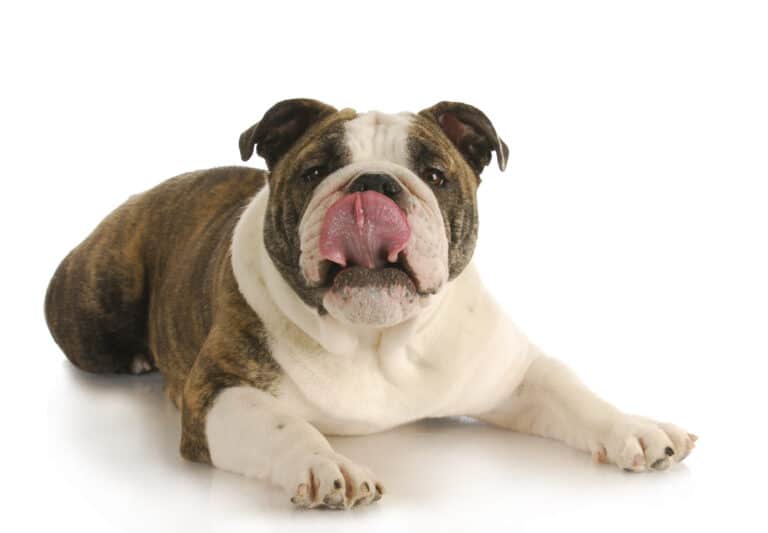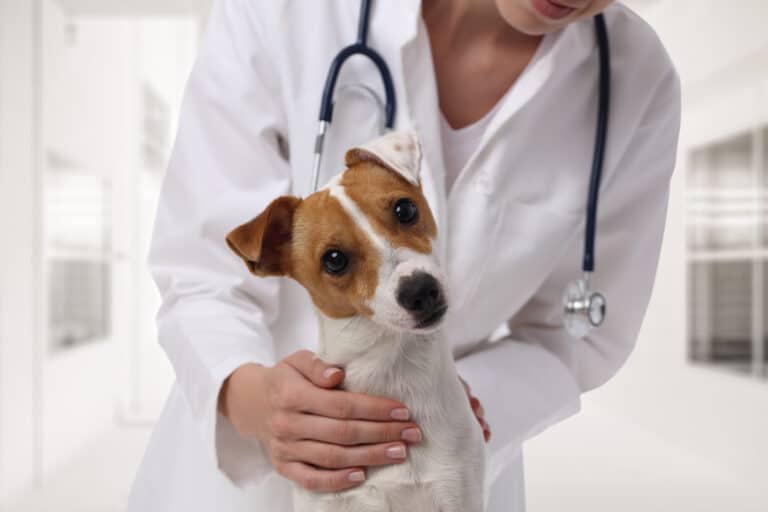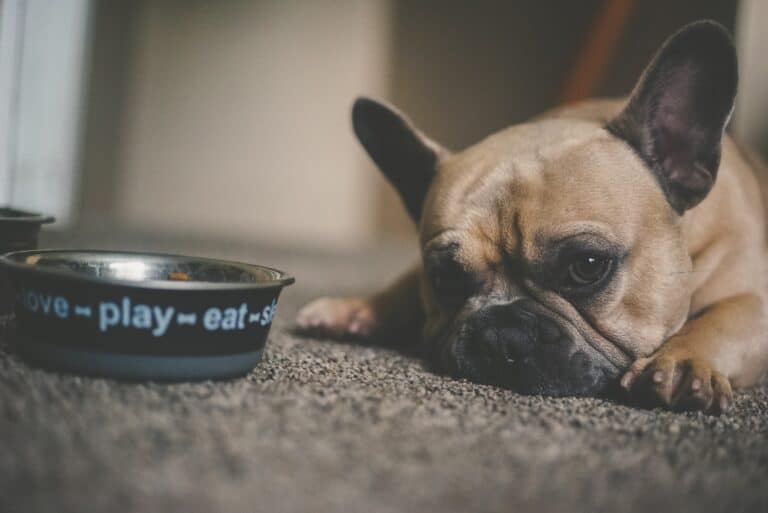How to Make a Dog’s Testicle Drop (Cryptorchidism, Retained Testicle)
Last Updated on October 20, 2022 by Evan
Retained testicles (Cryptorchidism or monorchidism) is a disease of dogs or puppies, most often of hereditary origin, which affects only males, since it is a handicap concerning the testes.
At first glance this may not seem like a big deal. But this handicap can have serious consequences in the long run if the disease is not treated. It is important to learn how to make a dog’s testicle drop in order to be able to act in the best possible way.

Contents
What is Cryptorchidism in Dogs? What Are its Symptoms?
Canine cryptorchidism or retained testicles is a disability that affects males. This prevents the testes from descending into the scrotum. Normally they drop by around ten days of age through the inguinal canal. But they may not drop, and in such cases, it is called canine cryptorchidism. There are two types:
- Cryptorchidism: When neither of the two tests has dropped into the scrotum.
- Monorchidism: When only one of the two tests has dropped into the scrotum.
The cryptorchidism or the monorchidism are not detectable by the veterinarian until the age of three months only, by palpation; the testicles being too small to be felt before this age.
The Consequences of Retained Testicles in Dogs
Although the problem may seem benign, in reality it is not, since it causes physical and behavioral problems in dogs:
- In the case of cryptorchidism, the dog’s testes will not produce sperm, which irreparably prevents the dog from reproducing. In other words, it will be sterile. Monorchidism, on the other hand, does not prevent the dog from reproducing.
- Testicles that have not descended still produce testosterone, and sometimes in excess. The behavior of the dog will therefore be changed since we will notice an increased aggressiveness, especially towards other males, as well as an increase in libido.
- Undescended testicles will continue to grow in the abdomen, causing hormonal imbalances that often lead to serious health problems, such as testicular tumors, which unfortunately can sometimes be the cause of general cancer.
- In some cases, cryptorchidism is accompanied by various abnormalities affecting the dog’s penis.
Causes of Retained Testicles in Dogs
It has been proven by scientific studies that canine cryptorchidism is an inherited disorder of genetic origin, though it is still unknown which gene precisely causes this handicap.
It will therefore be necessary to inquire with the breeder from whom you will adopt a puppy, concerning potential cryptorchidism affecting the father of the young pup, or even previous generations.
This is to avoid as much as possible a cryptorchidic dog (in the case where you do not wish to handle this kind of problem).

How to Make a Dog’s Testicle Drop
Before considering a potential treatment, it is important to know that a dog’s testicles that have not dropped may do so later. Indeed, even if they go down on average around the age of ten days, it can also be around the age of two months, up to six months at most.
Beyond that, if one or both testicles have not dropped, the dog will officially be cryptorchid or monorchid.
Regarding the treatment itself, many experiments have been undertaken to bring down the missing testicle(s): hormonal treatments, treatment by surgery, but none have been really effective. Either the testicles ended up rising, or necrosis formed.
One method to make a dog’s testicle drop, while not always effective, may work if the testicle(s) are not far from the scrotum. This is a kind of gentle traction massage , which must be repeated several times a day to potentially bring down what is missing.
Although this technique is rather off-putting, it is nonetheless effective in some cases.
If by the age of six months no testicle has descended, then the sterilization operation should be considered. This operation can be carried out from the age of ten months and quite simply, like a standard sterilization, in removing both testicles.
This will prevent potential testicular tumors , and prevent excess testosterone production, thus preventing potential changes in the dog’s mood.
Additional Treatments for Cryptorchidism
It is recommended to neuter and remove any retained testicles. If a dog only has one remaining testicle, they will have two incisions – one for extraction of each testicle.
Two incisions will also be done if both testicles are situated at the inguinal canal. A single abdominal incision allows access to both testicles, if they are situated in the abdomen.
Important: This article is for informational purposes only. We always recommend that you go to a trusted vet with your pet first.

